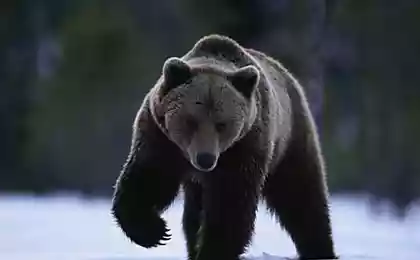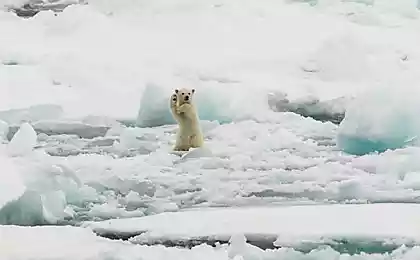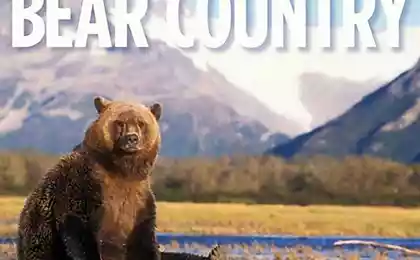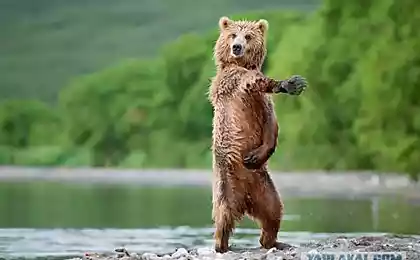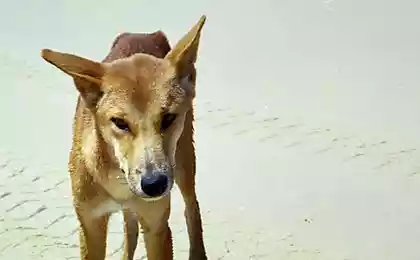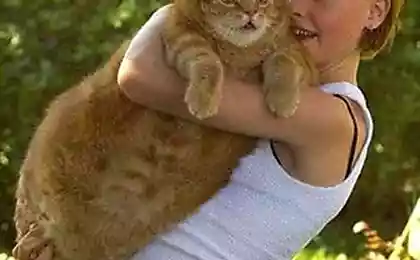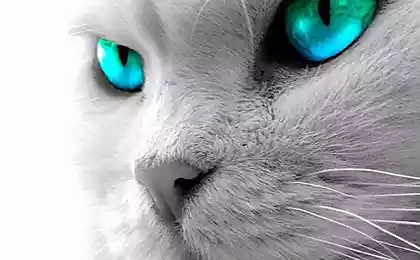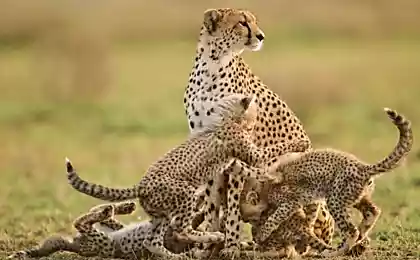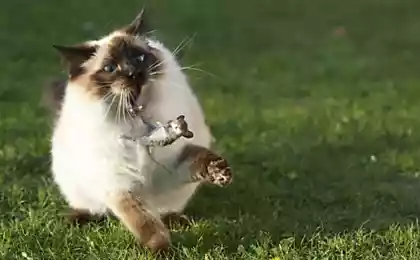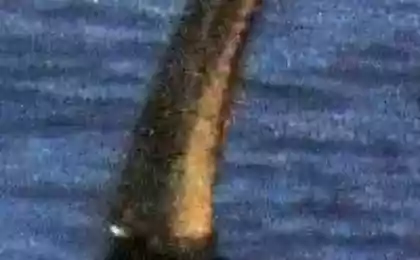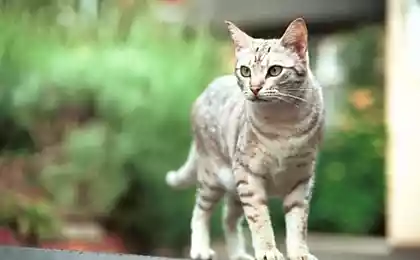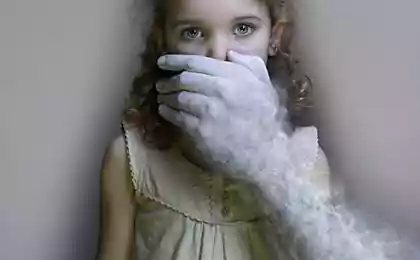1425
Interesting facts about bears
We know that the bears - the genus of carnivorous mammals of the order. According to information, the genus bears appeared 5-6 million years ago. Today we tell some interesting facts about these amazing animals.
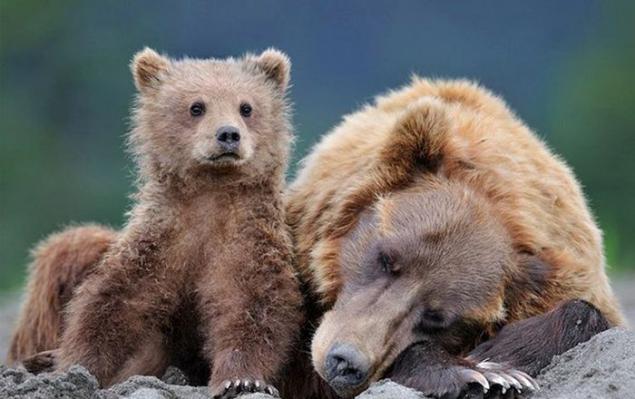
How to determine the intentions of the bears?
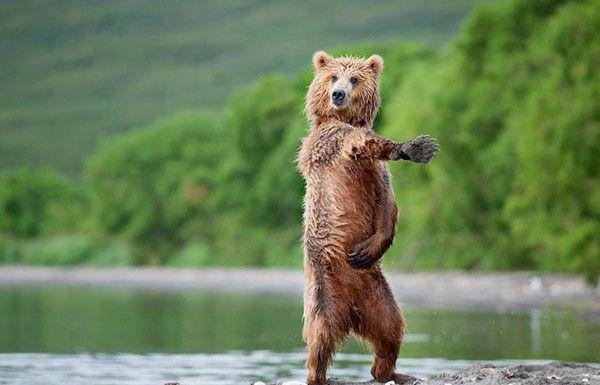
The quickest way to determine the intentions of the bears - observation of hair on the nape. Of all the wild animals bears the closest thing to a man of his psychology.
As bears share information
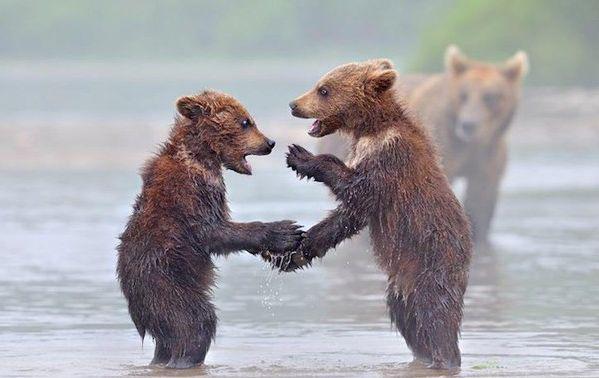
Bears, there are so-called "bear-trees." They are typically located in different far apart, ground wood. The common belief says if these trees are they peculiar message board.
The cubs are engaged in child
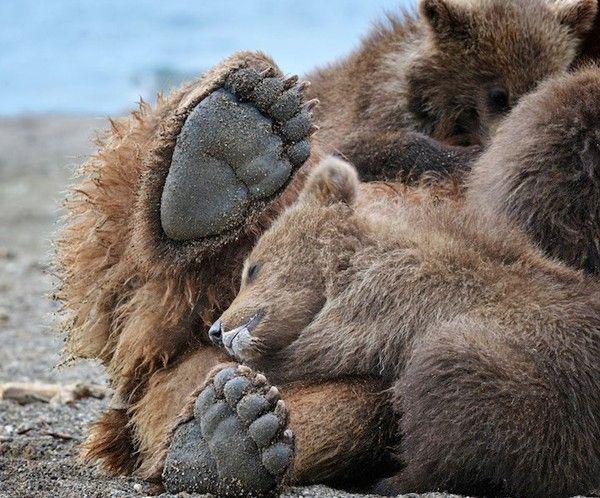
The life of a brown bear that lives in Russia, begins in the den, where the newborn cubs (blind, toothless and almost hairless, weighing about 500 grams) of fat drink mother's milk. At the age of four months, wild bears may have to follow her mother into the forest in search of food. Mother Bear in the period, feeds them with milk, and teaches proper social behavior. Almost half of the time bears spend their waking hours in the games. So they learn about the world and develop the critical skills needed, such as for hunting. The rest of his time in search of food and sleep.
What can bear
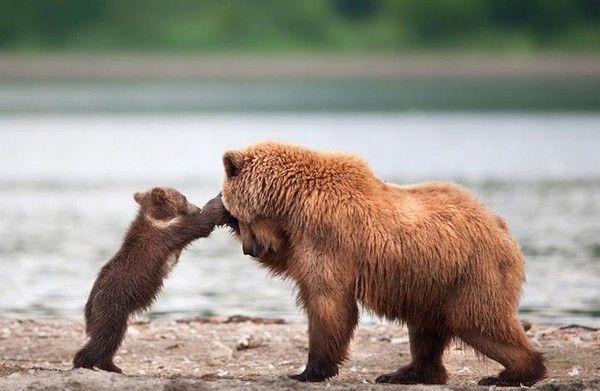
Clumsy-looking, brown bear runs exceptionally fast - at speeds over 55 km / h, excellent swimming and youthful good climbs trees (old age, he does so reluctantly). One seasoned bear paw able to break the back of the bull or buffalo.
How to bring up cubs bears
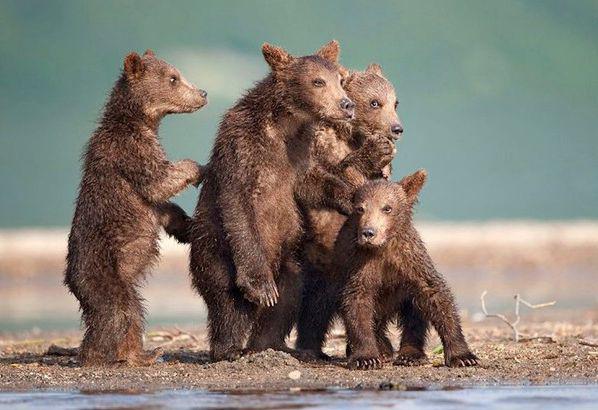
For three years the cubs live with his mother, and who cares about them. The older cubs help care for the younger ones. Normally the bear gives offspring every two years. Senior Young (mostly sisters) often look after the younger ones. Finally, bear cubs are separated from the mother for 3-4 year life. Bears reach sexual maturity in 4-6 years, but continue to grow up to 10-11 years. Life expectancy in nature 20-30 years in captivity - up to 47-50 years.
Why bear toed
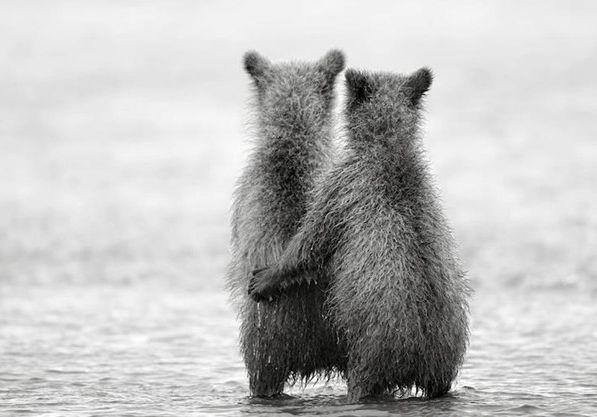
When walking the bear comes at the same time or on the right or on the left leg, so from the side it seems that it rolls over from side to side. But this is deceptive awkwardness, in the event of danger very easily breaks into a gallop, and can easily catch up with the man. Since the bear hind legs longer than the front, the hill rises much faster than coming down with it.
Source: russian7.ru

How to determine the intentions of the bears?

The quickest way to determine the intentions of the bears - observation of hair on the nape. Of all the wild animals bears the closest thing to a man of his psychology.
As bears share information

Bears, there are so-called "bear-trees." They are typically located in different far apart, ground wood. The common belief says if these trees are they peculiar message board.
The cubs are engaged in child

The life of a brown bear that lives in Russia, begins in the den, where the newborn cubs (blind, toothless and almost hairless, weighing about 500 grams) of fat drink mother's milk. At the age of four months, wild bears may have to follow her mother into the forest in search of food. Mother Bear in the period, feeds them with milk, and teaches proper social behavior. Almost half of the time bears spend their waking hours in the games. So they learn about the world and develop the critical skills needed, such as for hunting. The rest of his time in search of food and sleep.
What can bear

Clumsy-looking, brown bear runs exceptionally fast - at speeds over 55 km / h, excellent swimming and youthful good climbs trees (old age, he does so reluctantly). One seasoned bear paw able to break the back of the bull or buffalo.
How to bring up cubs bears

For three years the cubs live with his mother, and who cares about them. The older cubs help care for the younger ones. Normally the bear gives offspring every two years. Senior Young (mostly sisters) often look after the younger ones. Finally, bear cubs are separated from the mother for 3-4 year life. Bears reach sexual maturity in 4-6 years, but continue to grow up to 10-11 years. Life expectancy in nature 20-30 years in captivity - up to 47-50 years.
Why bear toed

When walking the bear comes at the same time or on the right or on the left leg, so from the side it seems that it rolls over from side to side. But this is deceptive awkwardness, in the event of danger very easily breaks into a gallop, and can easily catch up with the man. Since the bear hind legs longer than the front, the hill rises much faster than coming down with it.
Source: russian7.ru


